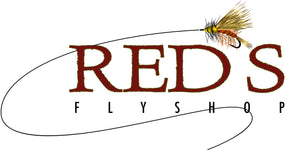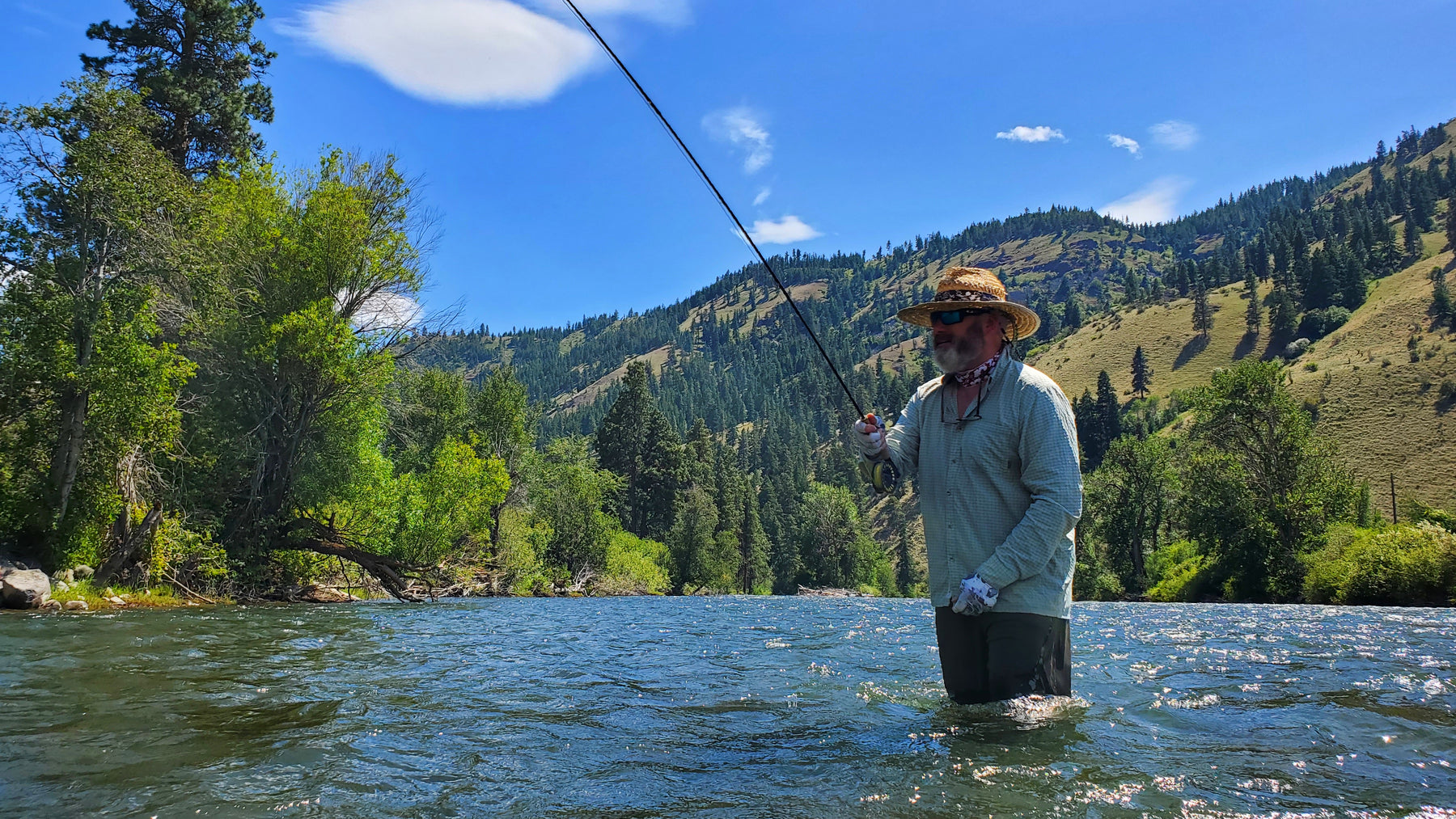Are You Casting Dry Flies Correctly?
Right now its spring time and the small streams, creeks, and tributaries just opened. This opens up a tremendous amount of wade fishing opportunities! It might be time to leave the drift boat or raft at home and focus on your ground game. Today's tip is a fundamental skill that we teach in our University of Fly Fishing here at Red's. It's a core skill that once you understand it, will direct your entire game plan.
While this tip is focused on dry fly fishing, anglers using both nymphs and dry flies often struggle to achieve that "perfect presentation" where the fly wanders downstream in perfect harmony with the current. A true "dead drift". While you can certainly fish streamers upstream or downstream depending on the water, use this with slack-line strategies like dry flies, indicator nymphs, or hopper droppers.
An upstream cast and a downstream cast are very different, and require different styles and stopping points in order to achieve perfect presentation. While there is certainly more to it than this, this week's tip is a GREAT starting point!
Upstream Casts and Strategies
Anglers should try to fish upstream when working the near half of the river, and the rod tip should finish low or parallel to the water and immediately engage their stripping hand as the fly floats back toward them. Watch the video and this will make the most sense.
Downstream Casts and Strategies
There are times when you might be working back downstream to the car or boat. It's also best to fish downstream when working the far shoreline and casting over the top of the fastest currents which are often mid-stream. Casters need to stop with their rod tip high, and suck the line back to allow the fly to instantly drift drag free rather than coming tight due to a low stopping point. It's called a stop-cast, parachute-cast, wiggle-cast, or a reach-cast. There are lots of technical names but you'll need to modify and make your presentation casts your own. The bottom line is you want to achieve a clean drift with minimal mending.
Summary... upstream stop low, downstream stop high. Start with this simple tip and add a mend or reach cast as necessary.

